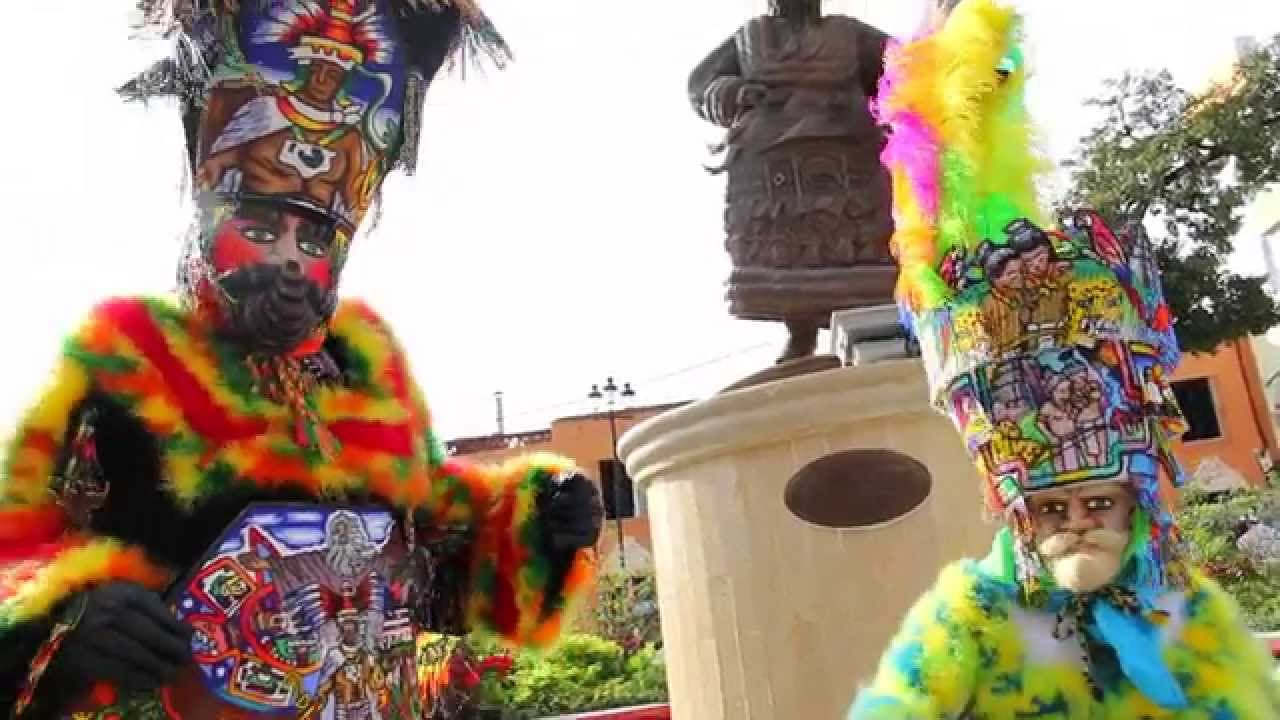What are the traditions and importance of the Yautepec Carnival in Morelos?
Although carnival is a universal celebration, each country or region has given it its own particular stamp. In Mexico, one of the most colorful and peculiar carnivals is the one celebrated in the State of Morelos, particularly in Tlayacapan, Tepoztlán, and Yautepec.





